What is the jadeite manor in the rosy summer coffee bean producing area? distinguishing the flavor grade of the red standard, green standard and blue standard of the rose summer
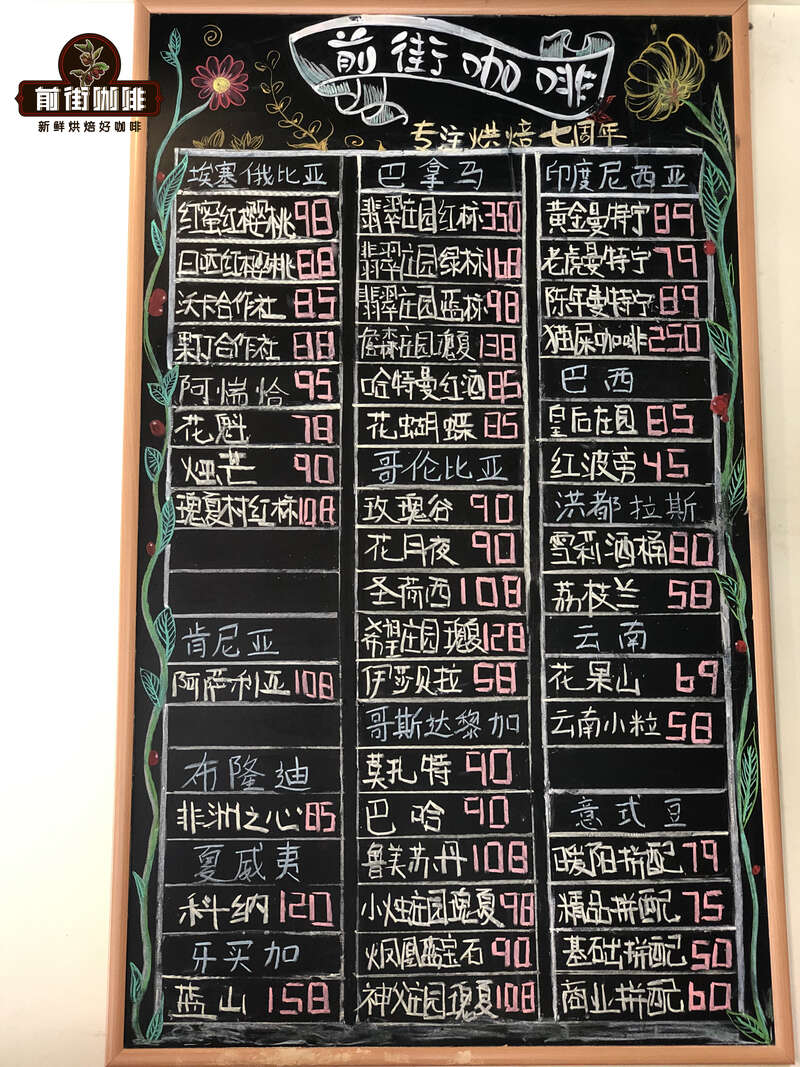
Professional coffee knowledge exchange more coffee bean information please follow the coffee workshop (Wechat official account cafe_style)
Rose summer coffee originated in Ethiopia, where rose summer species were first discovered in the Gori rose forest. In 1931, Rosa obscure exported to Kenya's Coffee Institute from Mount Rosa in southwestern Ethiopia, and then traveled to various producing areas. It was first introduced to Uganda and Tanzania in 1936, then to Costa Rica in 1953, and finally to Panama around 1960. At first, not many people paid attention to Rose Summer. After nearly half a century, Panamanian Emerald Manor, also known as Panama Geisha Hacienda La Esmeralda, separated it from other varieties in 2003, came to prominence in the BOP competition, and finally became the champion of the BOP contest in 2004. It was a blockbuster, beating the victorious generals Bourbon, Kaddura, Kaduai, Tibica and other varieties. Established the status of the jadeite manor in the boutique coffee industry, but also made the rose varieties officially enter the line of sight of everyone. Over the next few years, Rosa won the first prize in the Panama National Treasure Bean Cup Test Competition in 2005, 2006 and 2007.
Since Rose Summer became famous from the Panamanian Emerald Manor, Panamanian coffee beans have risen with the rising tide, and Rose Summer Coffee has also been grown in other coffee producing countries, but the flavor is obviously different, followed by the difference between Panamanian Rose Summer Coffee on the front street. Costa Rican Rose Summer Coffee and Ethiopian Rose Summer Coffee.
Ethiopian Rosa Coffee
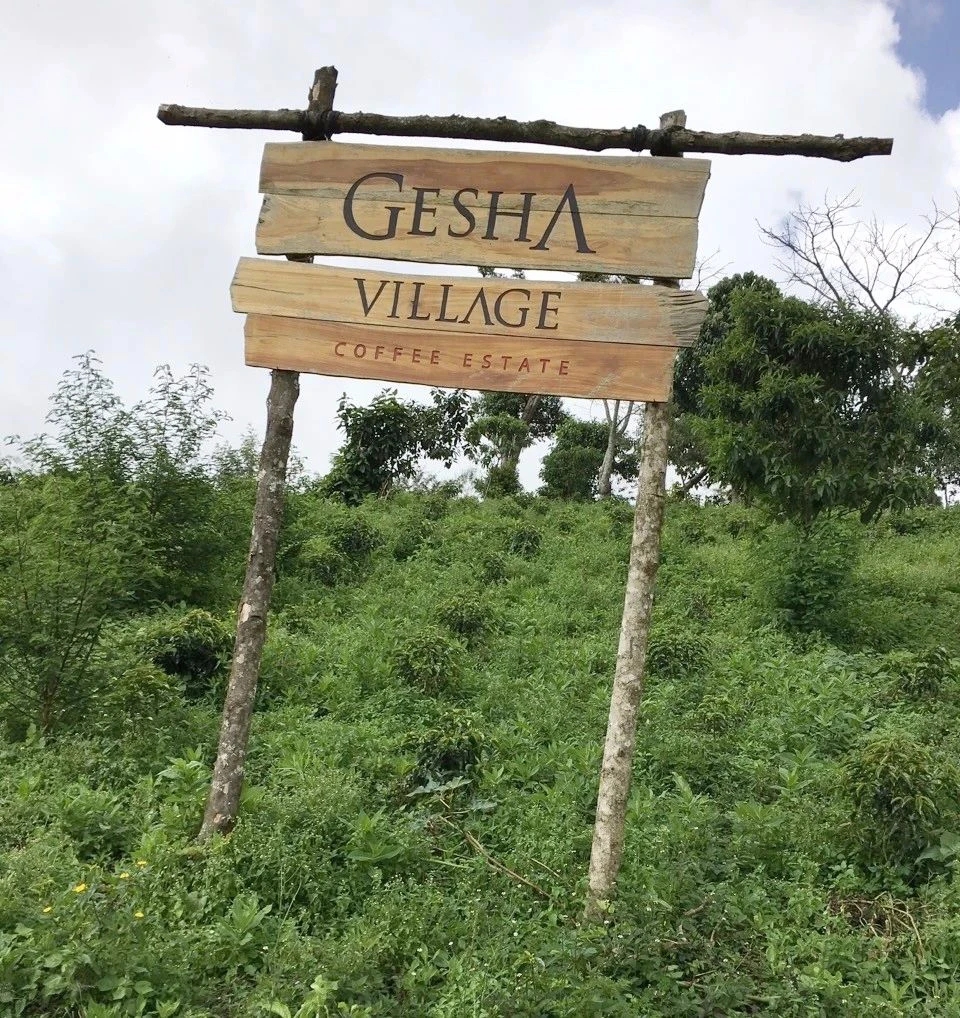
Ethiopia is the birthplace of Rosa coffee. In 2009, in a lucky encounter, the idea of Willem Boot, the famous mule landowner and BOP judge, inspired documentary director Adam Overton and photographer wife Rachel Samuel,Overton to return to Ethiopia to follow Willem Boot's "adventure" in the Gori Rose Forest and find wild Rosa. They collected seeds from native rose summer trees, screened them, planted them in Rosa Village, and set up a coffee farm here, named Gesha Village Coffee Estate, the origin of Ethiopia's Rosa Village coffee beans currently on Qianjie's coffee list.
However, the rose coffee beans grown in the Ethiopian village of Rosa do not have much genetic relationship with the Panamanian coffee beans as we know them. Ethiopia's Rosa Coffee is divided into three branches, Gori Rosa Gori Gesha (GG): this variety replicates the genetic diversity in the Gori Gesha coffee forest. Illubabor Forest 1974 (IF): found during an expedition to the Illubabor Forest in 1974, a variety with antibodies was later developed by the Ethiopian Research Center. Rose 1931 Gesha 1931 (G31): a combination of varieties with different forests, which is very similar to Panamanian rose. It is screened by observing its plant type, bean shape, order size and cup flavor.
However, the genes of the first two rosy summer coffee beans are completely different from those of Panamanian rose summer coffee. According to the official description, rose summer 1931 is the closest to Panama's rose summer in terms of plant shape and cup test. but in fact, there is very little genetic consistency, so the flavor of Ethiopian rose summer coffee and Panama rose summer coffee can be said to be completely different.
Costa Rican Rosa Coffee
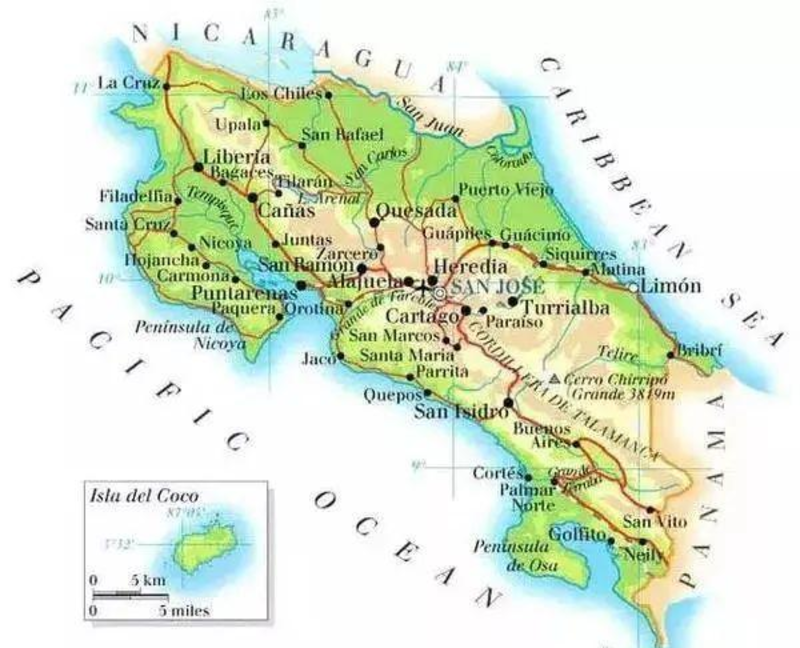
Costa Rica has grown coffee for nearly 200 years. As an important cash crop in the country, the coffee industry is very mature, and now there is no shortage of new estates. Most of these estates have resources and are willing to grow rosy summer coffee, the most famous of which is the rosy summer coffee beans of Little Candle Manor.
The microclimate of Candle Manor is conducive to the growth of coffee; in the early morning of the dry season, it can experience a temperature of 9 degrees Celsius, rising to 35 degrees Celsius at noon, and then dropping to 9 degrees Celsius at dusk. Such a huge temperature difference between day and night can make the coffee fruit better accumulate nutrients and produce a more delicate flavor.
Panamanian Rosa Coffee
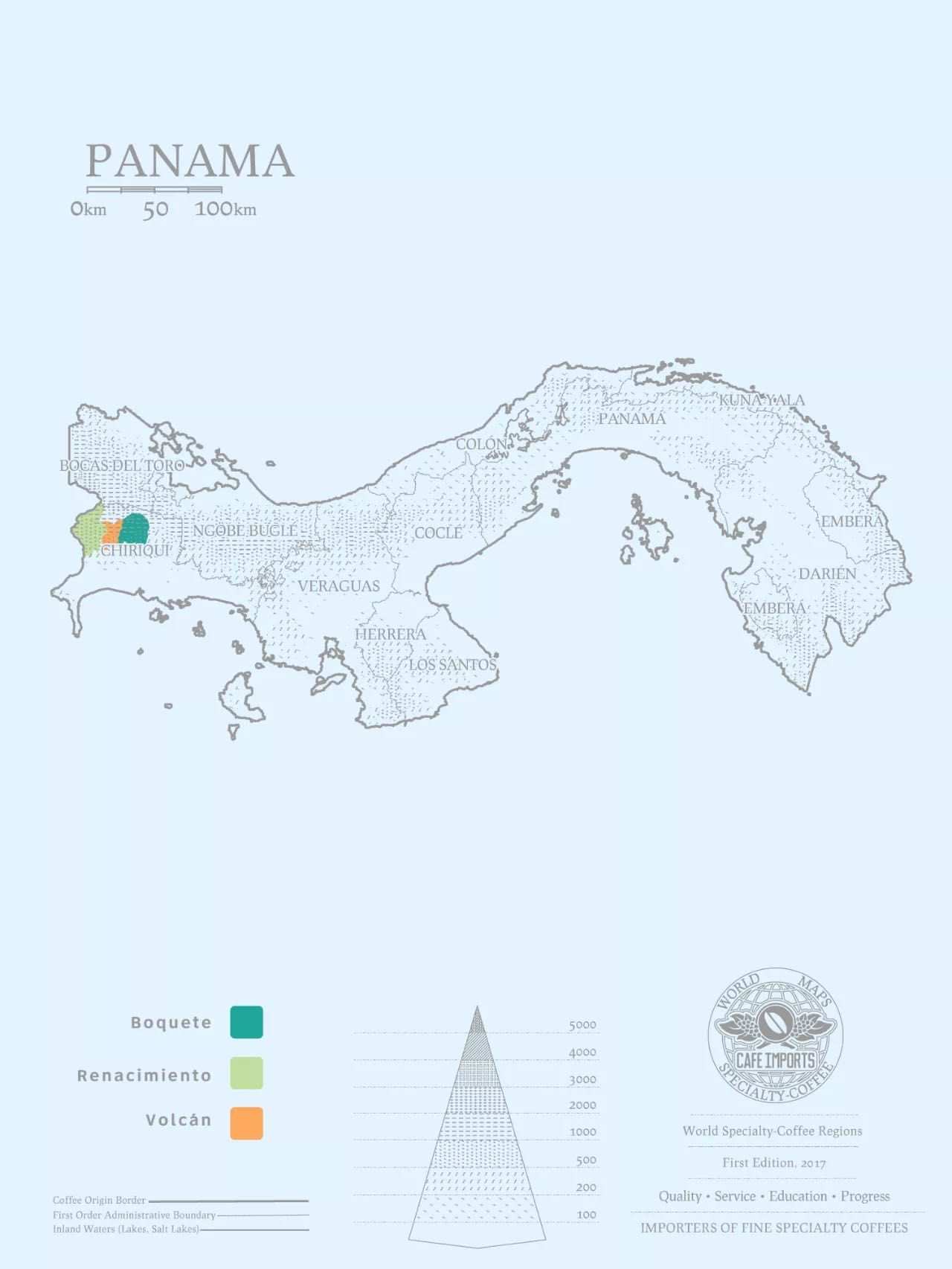
Panamanian coffee comes from Costa Rica. Panamanian Rosa Coffee is the beginning of the definition of Rose Summer Coffee. "Rose Summer Coffee has a charming floral aroma, berry-like sour and sweet" is the beginning of the Rose Summer Coffee in the Emerald Manor of Panama.
At present, the Emerald Manor has four manors that grow rose summer varieties: Ca ñ as Verdes, Veil El Velo, Jaramillo and Palmira. How to distinguish the red mark, green mark and blue mark of Rosa coffee?
Friends who have just come into contact with each other want to know the difference among red, green and blue marks. First of all, we need to know that there are three brands of Jadeite Manor Rose Summer Variety: jadeite Special selection (Esmeralda Special), Private Collection (Private Collection) and Rose Summer 1500 (Geisha 1500). It is well known that the higher the altitude, the richer the aroma changes to the coffee. Rosa coffee also has a strange feature, that is, growing in the more extreme environment flavor performance is the best. Therefore, the classification of Rosa coffee in Jade Manor is mainly based on the planting altitude, supplemented by the actual cup test.
Top-level-Red bid [bidding lot]
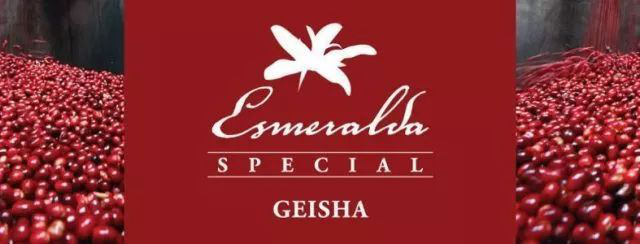
The red sign we often hear is the rosy summer of jadeite specially selected products. The rose beans, which are planted at 1600-1800 meters above sea level and with a cup test score of more than 90 points, come from two producing areas of Jaramillo and Ca ñ as Verdes.
The independent bidding held by the Jade Manor itself, in the divided plots, the Rose Summer batch that was put forward for bidding is the red bid. However, there are also non-competitive red bids on the market, that is, the rose summer which is selected from the same plot and then circulated to the market, the varieties and quality are the same, but there are differences in the price.
Second best-green label [collection batch]

Private collection is the green mark that we often hear, not the batch of independent competition, planting rose summer varieties that do not participate in bidding but still have excellent quality. Select micro-batch mixed beans from different plots such as Jaramillo and Ca ñ as Verdes, which are planted at 1600-1800 meters above sea level.
Because the mode of mixing beans in micro-batches of different plots is adopted, it is not specified in detail on the plots, so sometimes there is a high similarity in flavor between green and red marks, but there are differences. Although the green standard is not as high as the red standard, it still has the classic flavor of Rose Summer, floral, fruity, sour citrus, thick and juicy taste. The green standard Rosa coffee in Qianjie is divided into sun drying and water washing, which has the aroma of flowers, fruit and citrus, and the taste is fresh and clean, while the sun treatment has the tone of washing treatment and gives it a thick and juicy taste.
Normal-blue label [selected batches]

The blue standard is planted at an altitude of 1400-1500 meters above sea level. The blue standard is a mixture of rose summer coffee beans from three different plots: Jaramillo, Canas Verdes and El Velo. In previous years, Blue Standard Rose Summer only had water washing treatment, but in 2020, the Blue Standard batch added a new way of sun treatment. The blue standard rose summer coffee on the front street has sun exposure, the washed blue standard has a light floral aroma and bright acidity, while the sun treated blue standard has a slight floral aroma and a full sense of juice. What kind of Panamanian Rosa Coffee
Panamanian rose summer coffee beans belong to the rose summer species, which originated in a forest called Gori Rosa in the Rosy Mountains in southwestern Ethiopia, that is to say, the word "rose summer" is not only a variety name, but also a place name. It is precisely because it originated from the village of Rosa in Ethiopia, so it is called "Rose Xia". Ethiopian Rosa Coffee is divided into three branches, Gori Rosa Gori Gesha (GG), Illubabor Forest 1974 (IF) and Rosa 1931 Gesha 1931 (G31). However, the rose coffee beans grown in the Ethiopian village of Rosa do not have much genetic relationship with the Panamanian coffee beans as we know them. However, the genes of the first two Rosa coffee beans are completely different from those of Panama Rosa coffee. Hand-brewing parameters of Rosa coffee beans
Qianjie recommends using freshly roasted coffee beans for brewing, so that you can maximize the rich flavor of the coffee. The coffee beans shipped in Qianjie are all roasted within 5 days, because Qianjie is well aware that the freshness of coffee beans has a great impact on the flavor. The purpose of Qianjie roasting is "freshly roasted coffee", so that every guest who places an order is the freshest coffee when he receives it. The bean cultivation period of coffee is about 4-7 days, so when the guest gets it, it is the time when the flavor is the best.
The recommended brewing parameters for Qianjie coffee are: Hario V60 filter cup, 90 ℃ water temperature, 15 g powder quantity, 1:15 powder-water ratio, grindability EK43S#10 (the pass rate of Chinese standard No. 20 sieve is 80%).
The forehead method of brewing and cooking uses staged extraction, also known as three-stage cooking, steaming with 30 grams of water for 30 seconds, small water flow around the circle to 125 grams for stages, water level drop is about to expose the powder bed, continue to inject water to 225 grams to stop water injection, such as water level drop is about to expose the powder bed to remove the filter cup, (steaming starts timing) the extraction time is 2 grams 3910 ".
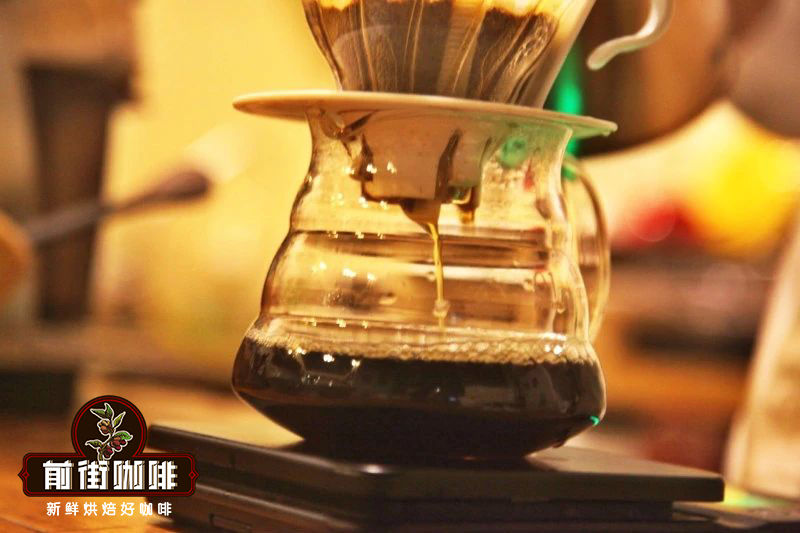
For more boutique coffee beans, please add private Qianjie coffee on Wechat. WeChat account: kaixinguoguo0925
Important Notice :
前街咖啡 FrontStreet Coffee has moved to new addredd:
FrontStreet Coffee Address: 315,Donghua East Road,GuangZhou
Tel:020 38364473
- Prev
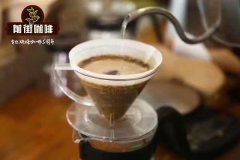
Flavor characteristics of Colombian Rosa Coffee beans introduction to the cultivation of Coffee in San Pedro Manor, Colombia
Professional coffee knowledge exchange more coffee bean information please follow the coffee workshop (Wechat official account cafe_style) Colombia Geisha is undoubtedly a more dazzling coffee item than Panama Geisha in recent years, not only because of Colombia's good mountains and water, but because in international competitions
- Next
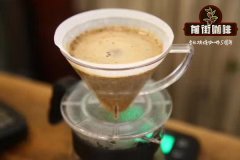
Introduction to the flavor characteristics of rose summer coffee in the story of Costa Rican goddess manor.
Costa Rican Goddess Manor washes Rose Summer Geisha boutique coffee beans, the top goddess of coffee beans. It contains vanilla, citrus, lemon, floral fruit flavor, white grape juice-like texture, crisp and bright acidity, smooth taste and sweet finish. Tara Pearl Goddess Manor (Finca EI Diosa) washed geisha, baked in cinnamon color, from the tower
Related
- Detailed explanation of Jadeite planting Land in Panamanian Jadeite Manor introduction to the grading system of Jadeite competitive bidding, Red bid, Green bid and Rose Summer
- Story of Coffee planting in Brenka region of Costa Rica Stonehenge Manor anaerobic heavy honey treatment of flavor mouth
- What's on the barrel of Blue Mountain Coffee beans?
- Can American coffee also pull flowers? How to use hot American style to pull out a good-looking pattern?
- Can you make a cold extract with coffee beans? What is the right proportion for cold-extracted coffee formula?
- Indonesian PWN Gold Mandrine Coffee Origin Features Flavor How to Chong? Mandolin coffee is American.
- A brief introduction to the flavor characteristics of Brazilian yellow bourbon coffee beans
- What is the effect of different water quality on the flavor of cold-extracted coffee? What kind of water is best for brewing coffee?
- Why do you think of Rose Summer whenever you mention Panamanian coffee?
- Introduction to the characteristics of authentic blue mountain coffee bean producing areas? What is the CIB Coffee Authority in Jamaica?

